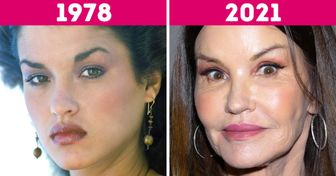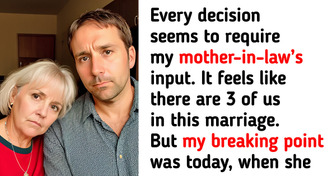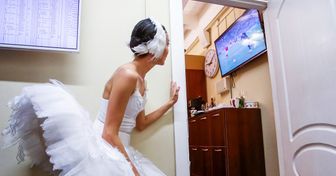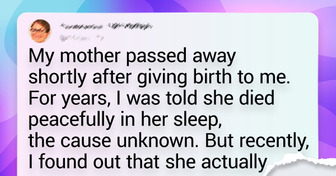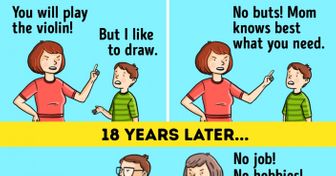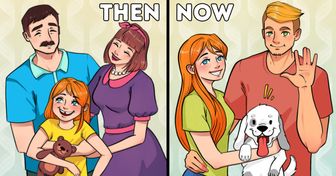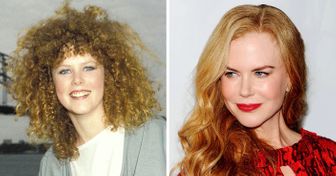20+ Weird Job Interview Stories That’ll Leave You Confused for a Long Time
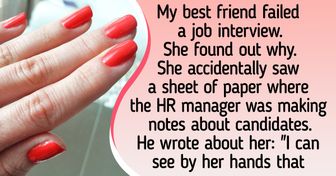
Most parents, especially new ones, always dream of creating a cozy space to welcome their baby. In many cases, they decorate the nursery with pastel colors and stuffed animals and add cute accessories without imagining that they won’t be able to enjoy this space until after the baby’s first birthday.
At Bright Side, we wanted to make things a little easier, so we did some research and found a few useful facts about babies’ sleep.
According to the American Academy of Pediatrics, infants should sleep in the same room as their parents, at least for the first year of life. Newborns should sleep alone in a crib or bassinet within their parents’ sight to facilitate care, feeding, and monitoring. This is because the first 6 months are critical, and sleep-related situations can occur that could put the baby’s life at risk.
It is not advisable for the parents to share their bed with the baby because there is a risk of suffocation, falls, and entrapment during sleep. So, the idea is that the newborn has a separate space but in the same room. This way, the parents will have greater access to the baby and the ability to respond quickly to the little one’s needs.
These types of cribs can be convenient for parents. However, it’s vital to be attentive to certain details, since it’s common for parents to fall asleep while feeding the baby. Therefore, they should ensure that there are no pillows or bedding that could put the baby at risk, especially in the first months of life, when they are most vulnerable.
However, specialists recommend that the little ones have a separate crib from their parents to avoid any accidents.
Specialists recommend that babies sleep on their backs during their first year of life, as this prevents the risk of suffocation during sleep. Letting infants sleep on their side or stomach without supervision should be avoided. These positions are only acceptable when the baby is awake.
Babies should sleep on a firm surface. Soft mattresses should be avoided, as the uneven surface could let the baby roll over. The mattress should also be the exact size and fit perfectly in the crib or bassinet so that there are no gaps on the sides where the baby can get hurt.
During the baby’s first year, cribs or bassinets should only have a fitted sheet, no bedding, pillows, quilted comforters, stuffed animals, or any type of soft linen. The only other recommendation is to place a thin and well-fastened protective cover over the mattress.
Protective pads were used to cover the gaps between the slats of the cribs, but nowadays, due to new regulations, the slats must be closer together, so this accessory is no longer necessary.
It’s not advisable to let babies, especially those under 4 months of age, get used to sleeping in baby carriers, car seats, strollers, or anything other than their crib. This could make the baby sleep in an incorrect position, putting them at risk, so you should always check that their head is facing up and that nothing obstructs their breathing.
It’s common for parents to choose to feed or sleep their little ones on a sofa or armchair for comfort, but these seats can be dangerous for them. Babies can get caught between the cushions, between the other people sitting, or fall off. This is why you should avoid letting the little ones sleep on sofas and take them to their crib to continue sleeping.
Siblings, even twins, should not share the same sleeping surface. Ideally, each should have a separate crib and individual bedding.
Overdressing babies could cause them to become overheated. Babies should be dressed according to the temperature, with no more than one layer of clothing than an adult would wear, without covering their face or head. Additionally, check the child to make sure they’re not too hot; look out for sweat or a feeling of warmth in their chest.
There is no proof that these accessories can detect if the vital signs of the little ones are okay. Therefore, it is not advisable to entrust the absolute care of the baby to these devices. However, you should pay direct attention to the newborn’s sleep every once in a while.
Wrapping the baby with blankets is not a good idea if you’ve noticed they tend to roll over when asleep. In this case, it’s better not to use any type of blanket and leave their arms and legs free so that, in case they roll over, the baby can use its hands to lift its head.
Do you prefer sleeping close to your baby or in separate rooms? Do you know any tricks to help newborn babies sleep better? Leave us a comment.

